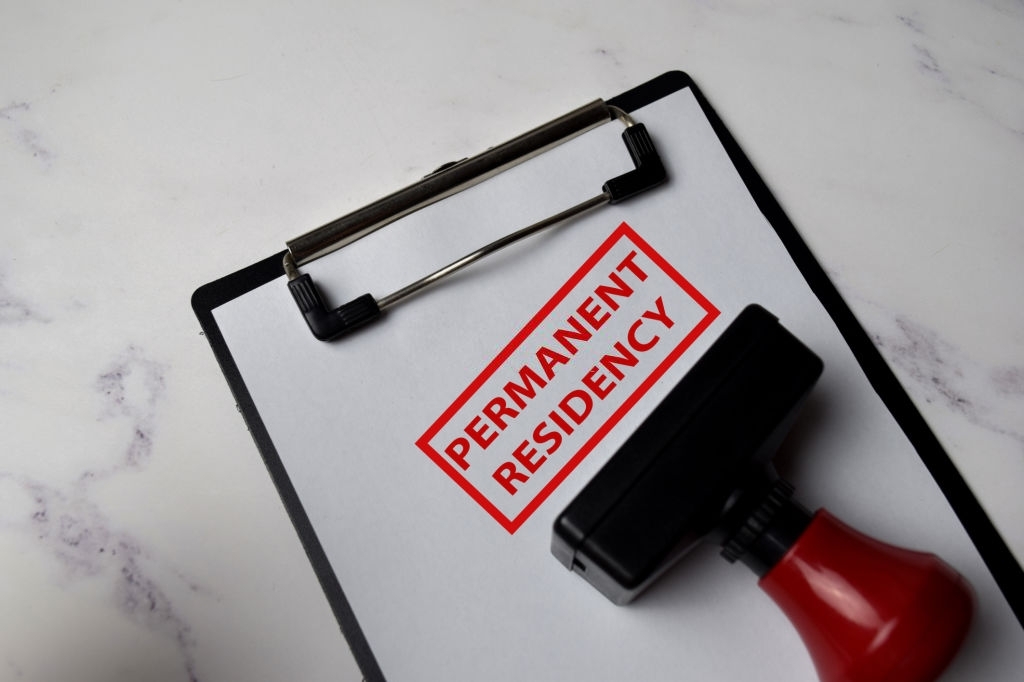You may want to move to another state to lower the state tax bill or for some other reason. However, moving to a new state is no less than an adventure.
From finding a place to live to finding a job and meeting new friends, it can be an overwhelming experience. Among many important things that you should never forget is establishing residency in the new state.
Whether you have moved or not, this task must be the top priority. If you fail to do so, you can be in hot waters regarding taxation and other government organizations. You can also lose the right to drive or cast a vote.
With that said, if you are moving to Connecticut for any possible reason, you must work on establishing your residency.
Connecticut residency requirements
To be a Connecticut resident, you must fulfill the following requirements:
- You must have the Connecticut individual’s domicile (permanent legal residence) for the entire year
- You kept a permanent place of abode in Connecticut for the whole tax year
- Must spend a total of 183 days in Connecticut in the entire tax year
Non Resident
If a person is not a resident or a part-year resident of a state, he is considered a non-resident.
If you are a resident and have a Connecticut domicile, you can be treated as a Non-resident if you meet all the conditions in Group A or Group B.
Group A
Taxpayers fall in group A if they:
- Have not maintained a permanent place of abode in Connecticut for the whole tax year.
- Kept a permanent place of abode outside Connecticut for the whole tax year.
- Have not stayed more than 30 days combined in Connecticut in the whole tax year.
Group B
Taxpayer falls in the group B if they:
- Stayed in a foreign country for at least 450 days out of 548 consecutive days.
- Have not spent more than 90 days in Connecticut during the period of consecutive 548 days.
- Have not maintained a permanent place of abode in Connecticut where his spouse (except legally separated) or minor children has spent more than 90 days.
- During the non-resident portion of the tax year in which the 548-day period begins and ends, the taxpayer stays in Connecticut for no more than the number of days that makes the same ratio to 90 as the number of days in the portion of the tax year makes it to 548.
Part-Year-Resident
A part-year resident is an individual who has changed his legal residency by moving in or out of the Connecticut state during the year. He may also choose to be treated as a part-year resident instead of a resident.
➡LEARN MORE: How to Register a Car in CT?
How to prove your Connecticut residency
To prove your Connecticut residency, you must submit the following documents with listed requirements:
- The document that shows your name and Connecticut residence address
- It must be dated within 90 days
- It is computer generated
The acceptable documents for proving Connecticut residency include:
- Computer-generated statement or bill from a bank or mortgage company, doctor or hospital, or utility company
- Pre-printed payslip that shows your and employer’s name and address
- Connecticut voter registration card
- Motor vehicle registration
- Connecticut handgun permit
- Summary statement of Social Security Administration, pension or retirement annual benefits
- W-2 form property or excise tax bill
- Medicaid or Medicare benefit statement
- Vehicle, homeowner’s or renter’s insurance policy within the last year
- Motor vehicle loan statement in your name
- Residential mortgage or similar contract with signatures from all parties within the last year
- First-class mail addressed to your home address.
- Survey of your property in Connecticut issued by a licensed surveyor

